
Fresh squeezed apple juice on a blistering hot summer day. Yum. I wish I could say that my Fuji apple trees produced so many apples that I had to juice them – but, not so much. I only got about a dozen apples this year – up from last year though!
So where did I get the apples? A lovely lady on NextDoor had a bumper crop of apples and lots of then were falling to the ground. I responded to her post and she’s called me every week for 3-4 weeks to give me bags of bruised apples. They’re perfect for juicing!
I pulled out my 30+ year old juicer and made a jug of apple juice for Nicole and Brad. During this heat wave, I plan to juice another 3 bags tonight!

Fresh squeezed apple juice on a blistering hot summer day. Yum. I wish I could say that my Fuji apple trees produced so many apples that I had to juice them – but, not so much. I only got about a dozen apples this year – up from last year though!
So where did I get the apples? A lovely lady on NextDoor had a bumper crop of apples and lots of then were falling to the ground. I responded to her post and she’s called me every week for 3-4 weeks to give me bags of bruised apples. They’re perfect for juicing!
I pulled out my 30+ year old juicer and made a jug of apple juice for Nicole and Brad. During this heat wave, I plan to juice another 3 bags tonight!
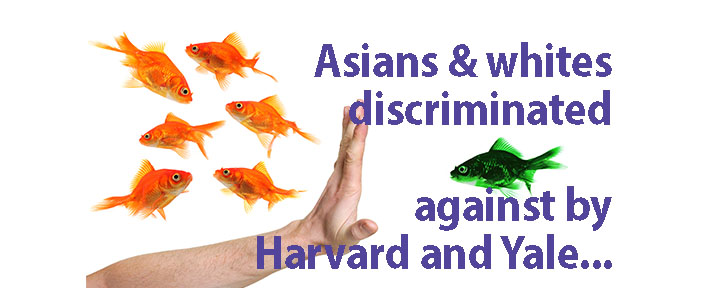
Discrimination comes in many forms. In a time when headlines like Black Lives Matter, Voters’ Rights Act, and others consume the press – as they should, — I’d like to address discrimination in college admissions against Asians and white applicants.
As a private college advisor, I work closely with hundreds of students as they apply to the Ivy League and other top universities in the world. My students conduct independent projects that change the world and make them dynamic young leaders. They study hard – like all college-bound students – but they separate themselves from their peers by doing unique projects over 1-4 years. They get in based on their academics and projects.
Yale University is under investigation for violations to the 1964 Civil Rights Act (considering race and ethnicity in admissions policies). Harvard is dealing with a similar case under appeal. What’s different now is that Asians and white students are being denied admission even when their scores and rankings might be higher than those of people of color who get in. The original Civil Rights Act was established so colleges wouldn’t discriminate against black and Hispanic students for simply being people of color. Now the Act is being challenged by the opposite end of the spectrum.
I completely support the BLM movement and believe that we as a society need to even the playing field so people of color have opportunities available to them. The rates at which blacks and Hispanics are incarcerated, killed by police, and receive higher education is appalling. Systemic changes need to be made starting in preschool so they will receive the skills and guidance needed to lift them out of this unconscionable state.
I do believe, however, that students should be accepted to colleges based on their academic and innovative skills. Isn’t that why universities were organized in the first place? They were designed to be places of higher education where intellectuals gathered to share ideas and improve society. I don’t believe admissions officers should consider race or ethnicity and base admission decisions on a formula that factors in discriminatory practices against anyone.
When an Asian or white student is denied admission to an elite college, to open up a spot for a student who has lower academic and innovative skills, this is discrimination. It bothers me when I tell my students that if their last name is “Wong” or “Agrawal,” their applications have to be substantially better than student applicants who are black or Hispanic.
I met with a student who got into a 4-year college back under Affirmative Action. His academic foundation and ability to succeed in the freshman year was low; his reading comprehension and writing skills were substandard. Even with tutoring and psychological support, the student dropped out and felt like a failure. Admitting students who don’t have the same high-caliber academic skills as the other students at the university will only exacerbate the low rate of graduation and career opportunities for these students.
Fixing this problem doesn’t start with admitting these students into colleges that they won’t prosper in. Instead, we need to create better preschools so underrepresented students have the same, or better, exposure to academics before they start kindergarten than their white and Asian counterparts. Elementary, middle, and high schools that serve students of color should receive more funding, smaller class sizes, better teachers (with better pay and benefits), computer equipment, and everything each student needs to be successful in school. Students who live in poor neighborhoods should be equipped with personal computers, internet, smart phones, and wifi. And during turbulent times like today, these students should also receive personal tutoring to ensure that they are learning, making it to classes whether on site or online, and completing daily homework and keeping up in classes. Then, and only then, will these students of color have a fair chance at moving up the ranks and succeeding in a world that is designed to keep them down.
Then, I believe the playing field will be more level for high school students applying to the elite colleges. I’d like to see a day when all students can compete to get into college based on their own merit.
And if two students (one Asian/white; the other black/Hispanic) have the same academic and innovative skills, I believe the black or Hispanic student should be granted admission until our K-12 education truly offers equal educational opportunities.
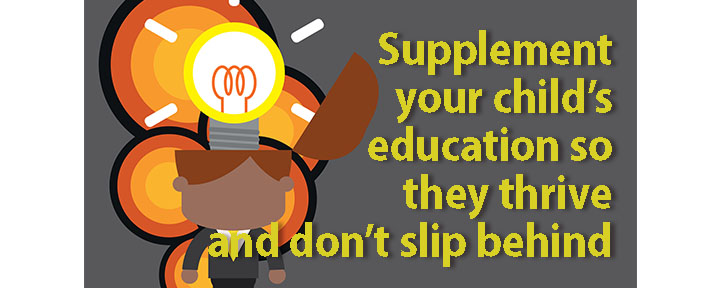 I remember worrying about the public and private schools in my neighborhood when I was pregnant with Nicole, my first child. I visited many classes to find the “perfect” school for her – and didn’t find one school that provided the academic rigor, depth in critical thinking and problem solving, the arts and theater, and the physical activities (dance, sports) that I was looking for. I didn’t bash schools for not offering what I wanted for my daughter; instead, I supplemented both of my daughters’ education so they would love to learn and get all of the important experiences to keep them engaged.
I remember worrying about the public and private schools in my neighborhood when I was pregnant with Nicole, my first child. I visited many classes to find the “perfect” school for her – and didn’t find one school that provided the academic rigor, depth in critical thinking and problem solving, the arts and theater, and the physical activities (dance, sports) that I was looking for. I didn’t bash schools for not offering what I wanted for my daughter; instead, I supplemented both of my daughters’ education so they would love to learn and get all of the important experiences to keep them engaged.
That’s exactly what parents will need to do during this pandemic, and most likely after this pandemic has passed. Yes, things are different now. Whether your school is 100% online, hybrid, or on campus, you can supplement your child’s education so they thrive. Use this time to experiment and try new approaches.
You can tell if your child is engaged in classes and work (asynchronous or synchronous). This is where you can fill the void by giving them interesting assignments or even inviting a mentor or teacher to work with them in virtual sessions. Here are some activities that I’ve set up for families during this pandemic:
1. Bamboo vs Oak Tree Experiment (to find faster, efficient ways to produce oxygen in the atmosphere)
2. Reading Challenge (to increase their reading fluency and comprehension)
3. Math Challenge (to build a solid math foundation so they’re prepared to move on to the next level)
4. Gardening Experiment (to determine which organic pesticides work best)
5. Research Writing (to teach them how to write a comprehensive research paper – something they probably will never learn in school)
6. Create a Podcast (to find their voices – and do research – and share their opinions)
7. Start a business (to learn about marketing, accounting, ecommerce)
If you find that your child is not thriving in whatever mode of learning they are engaged in, you can hire teachers to teach their classes one-on-one. Some states require that students be enrolled in a public or private school, so check with your state. It’s actually easier to open a private school for just your children (in most states) than to jump through hoops with homeschooling or independent studies programs.
You can also start a pandemic pod, see my blog: How to Form a Pandemic Pod for Free that can be free to the hosting family. In this setup, the hosting family hires the teacher, sets the curriculum and invites 2-3 other families to join. The other families’ tuition covers all costs so the pandemic pod is free to the hosting family. I’ve even written curriculum for preschool through high school.
While this is a stressful time as you make difficult decisions about whether to send your child back to school (if they’re opening) or worry that your child is slipping behind academically (for online classes), know that you have many options. Sometimes chaos gives us the unique opportunity to reinvent ourselves, and in the case of our children’s education, we can create something really stimulating and challenging for them. For me, I started Merit Academy with the projectMERIT theme. And yes, it was created when I realized that the existing academic options just weren’t good enough.
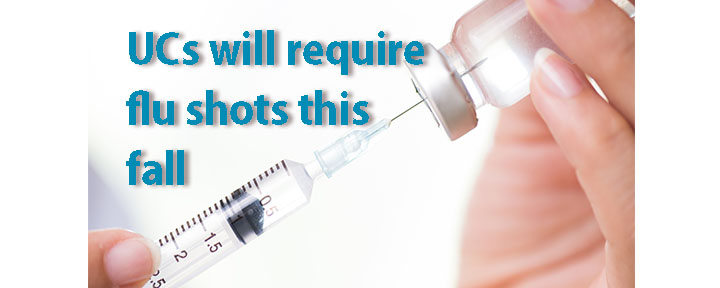
UCs are requiring all students, faculty, and staff to get flu vaccinations before Nov. 1st. They already required that all students have the measles, mumps, rubella, chicken pox, meningococcus, tetanus, and whooping cough vaccinations prior to this pandemic. Really worried about colleges that are opening up this fall when the seasonal flu and the coronavirus are expected to create havoc on our already stressed bodies and medical communities.
Purdue Univ, Univ of Miami, and Univ of Tennessee Knoxville have also added the flu vaccine to their entrance requirements. Glad to see that some of the universities are taking proactive steps in protecting their students, professors, and staff.
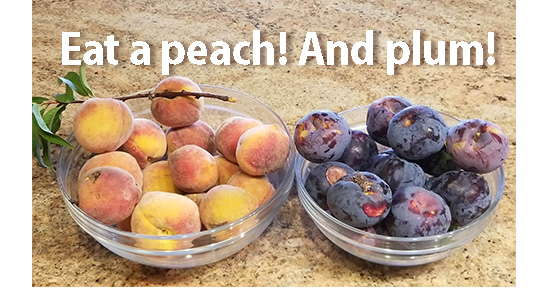
This year’s peaches, nectarines, and plums were delicious! Love to devour a peach in a few bites while it drips with sweet nectar down my chin. We picked them ripe right off the tree!
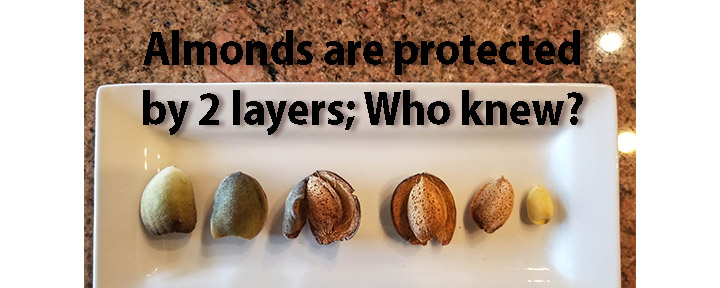
I’ve been growing almond and walnut trees in my fruit orchard for about 8 years hoping to be able to harvest fresh organic nuts. But until this year, we usually only produce about 2 or 3 nuts per year. Pretty sad. I stopped expecting to see almonds or walnuts in the trees, so when I saw 50-60 nuts this year, I was thrilled.
Not knowing when an almond is ripe or when to pick them, I searched online to learn that when the outer skin opens, it’s time to harvest. After 8 years, it was gratifying to pick each nut on my 3 almond trees. I didn’t know that there are 2 layers that protect the almond seed. City girl…
Only got 4 walnuts this year, so maybe next year I’ll get a bumper crop like I did almonds. I get a comforting sense of satisfaction to grow my own nuts. I hope to master the art of growing nuts so I don’t need to buy them. Maybe I’ll have enough next year to share!
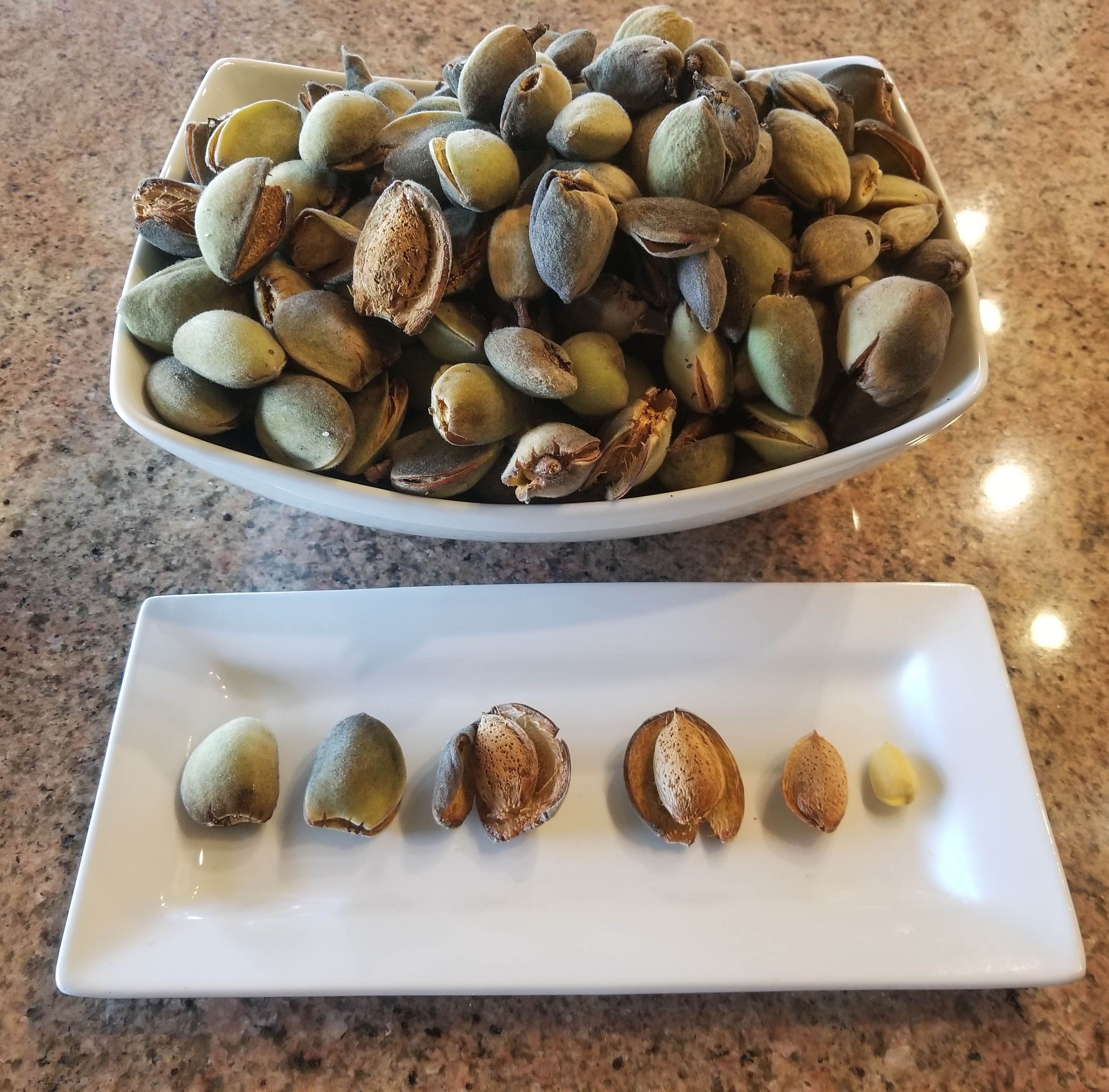

Back when my daughters were young, I created a preschool and enrichment program to give them stimulating activities with a few other children. I developed the curriculum, trained the teacher, and hosted the program in my rec room. My girls LOVED the program and their academic skills were off the charts. I loved being able to set up the lesson plans to ensure that they were challenged and intrigued by their classes. By charging tuition to the 2-3 other families that joined the program, their contributions paid for the teacher and material expenses. It was a win-win situation for all of us.
Today, Bay Area families are scrambling to set up pandemic pods for their children to either enhance their school curriculum or to replace it. My consulting firm, Merit Educational Consultants, is helping parents set up their pandemic pods as coops (all parents contribute funds to pay for expenses), as independent programs (parents pay the hosting family to cover expenses), or as private schools (parents pay hosting family for program and/or work with Independent Studies programs for school credits.)
I’ve written a book that lays out exactly how to set up these programs and it comes complete with forms, policies, and tips. Check it out: The Millennial’s Guide to Free Child Care in Your Home. I have also written curriculum framework for all subjects starting at 18 months old to 12th grade; the high school courses are all UC A-G approved. DIY parents love customizing their family programs by utilizing the book and curriculum.
Creating a pandemic pod is similar to setting up in-home child care or starting a small homeschool. The only real difference is selecting families who share similar coronavirus safety protocols. You could imagine how this adds a new layer of complexity because there are still many unknowns about how this virus spreads and how to protect everyone.
Choosing students for your pandemic pod requires looking beyond the students themselves. You’ll need to evaluate how the family lives, who they socialize with, how they protect themselves, and most importantly, how honest they’ll be about their social interactions when not in the pod. In other words, you are interacting with everybody THEY interact with.
So if they don’t wear masks when stopping at the grocery store, it’s like you went with them to the store and didn’t wear your mask – and you may be exposing your family and the entire pod to the coronavirus. If one of the parents is having a sexual affair with someone out of the pod family group, you’re essentially in bed with their lover too. Get my drift? Now the big questions are can you trust them to tell you these private details about who they’re socializing with and can you operate your pandemic pod safely for your teacher and the students?
I’m helping families design their pandemic pods and vet students/families to find good matches. It’s best to keep pods to just 2-4 families. By doing the interviews and setting up policies as their consultant, it makes it easier for the families to discuss concerns about other family member’s activities and the overall safety of all parties. Is it worth it? We’ll see… For me back in the 90s (pre-pandemic,) it was the best decision I made for my girls, their education and their social lives.
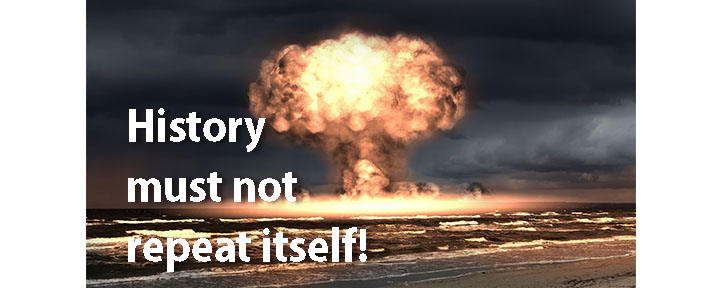
I vividly remember Shozun, my cousin’s husband, telling me about the day the atomic bomb was dropped on his home town of Hiroshima. My father’s family lived on the other side of the mountain from Hiroshima, which shielded them from the atomic bomb explosion that instantly vaporized 66,000 people. Many of my family members died that day and others died later from radiation poisoning.
On that fateful day, Shozun was taking the train from Tokyo back to Hiroshima after work. All of a sudden the train stopped and the doors opened. Everyone disembarked and Shozun, carrying his black briefcase, started walking towards Hiroshima. At the time, he didn’t know that an atomic bomb had destroyed the entire city and 80,000 people at the hypocenter. As he walked through the city, he saw people with melted body parts crying for help and others seeking water in the radiation-filled waterways. He was an engineer and couldn’t understand why the US would drop the atomic bomb on civilians.
When I was 11 years old, I visited Hiroshima for the first time. Walking through the Peace Memorial Museum sent chills through my body as I saw black and white photographs of people burned by the 4,000-degrees Celsius blast. I remember seeing a woman with burns on her face in the shape of a metal grate. As I walked around the Peace Park, I wondered why a human being would engineer an atomic bomb and why President Truman would order the Enola Gay to actually drop them on Hiroshima and Nagasaki.
It’s been 75 years since the atomic bombs were dropped on Japan. Not one president or leader in the world has used a nuclear bomb since Truman. Understanding what we know now about nuclear bombs, world leaders have resisted using them because life on this planet is much too delicate to withstand nuclear wars. I hope that we remember the devastation that ensued when the atom bombs were released on Hiroshima and Nagasaki, and find peaceful negotiations to solve political and economic problems.
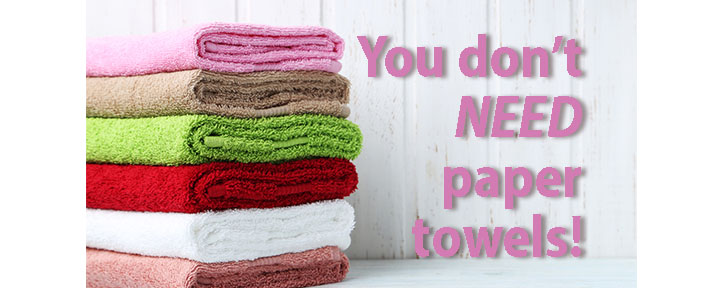
I don’t understand why we need to use paper towels. My grandmothers all used cloth towels because they could simply wash and reuse them for years. Did you know that we cut 51,000 trees EVERY DAY to make paper towels in America? That’s over 50,000 trees every day! Sales for Proctor and Gamble (Bounty paper towels) grew 20% to over $17 billion in the last quarter because we’re all washing our hands and cleaning our houses more during this pandemic.
Bounty’s “Quicker Picker Upper” commercials brainwash into thinking that when something spills – oh no! – we have 2 options to clean it up: (1) the cheaper paper towel; or (2) Bounty’s more expensive paper towel. But we all know that a cotton towel will out absorb any paper towel. Don’t let Proctor and Gamble trick you into thinking that you have to buy the thicker, plusher paper towel and that you need to buy this every week!
I just cut up old bath towels and keep them under my sink to clean up big spills and messes. I clean my house using old wash cloths and pillowcases. They’re free and I can reuse them for years.
When using public restrooms, opt to use the air dryers. So what if your hands are a bit damp? I carry a little towel in my purse but when I forget it, I wipe my hands on my pants (shhh!). Check out my YouTube video.
Best part: I’m not contributing to clear cutting forests when we need these trees to create oxygen, and I’m not adding more methane in the air when those 51,000 trees are cut every day. I also don’t need to drive my car to buy paper towels and I can save money for other things that I really need.
So, retire those old bath towels and treat yourself to something nice (with the savings)!
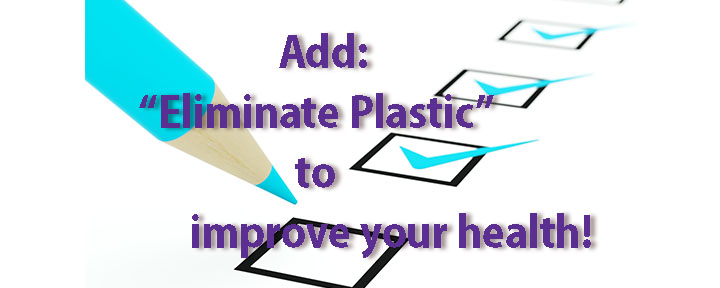
I know we’re all being super vigilant about viruses, so while we’re changing our daily routines, let’s also reduce our toxic exposure to plastics. I’ve started saving glass jars with metal lids and use them to store flour, sugar, and baking stuff; all meal leftovers; and cleaning supplies. Bacteria and viruses can be easily cleaned off glass jars, but not so much with plastic containers.
Here are some easy tips:
1. Don’t put plastic containers in the dishwasher. Toxic chemicals leach out with hot water.
2. Remove food from plastic containers when heating or eating/drinking hot liquids
3. Replace your vinyl shower curtains and placemats. They release chemicals that are linked to health issues.
Think it’s hard to change habits and routines? Check out a YouTube video I made that demonstrates simple things I’ve done to get plastic out of my life.
